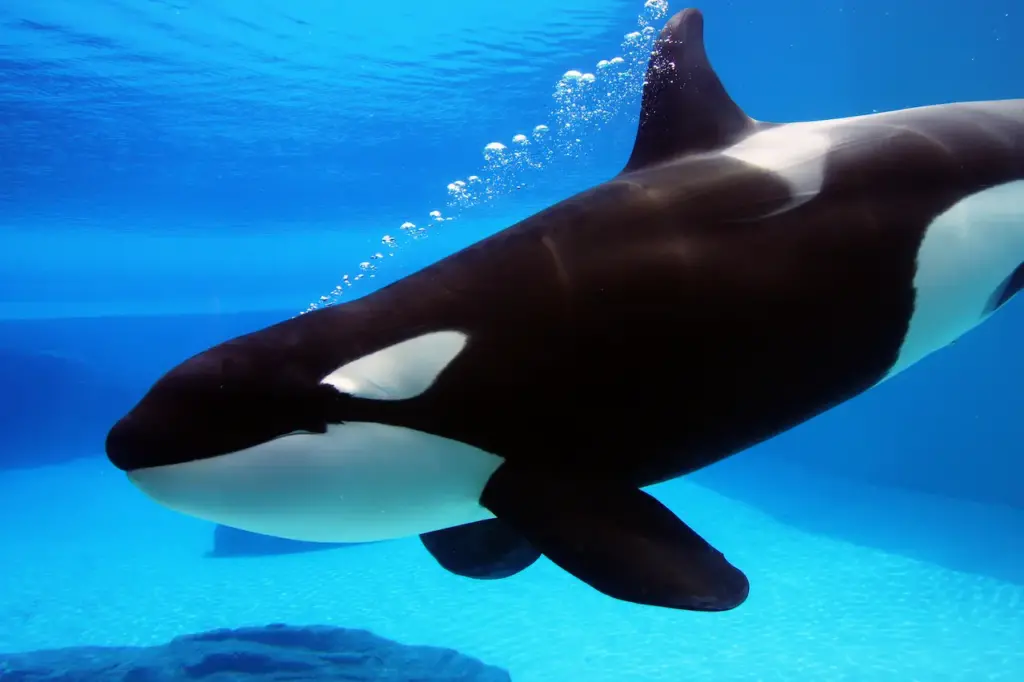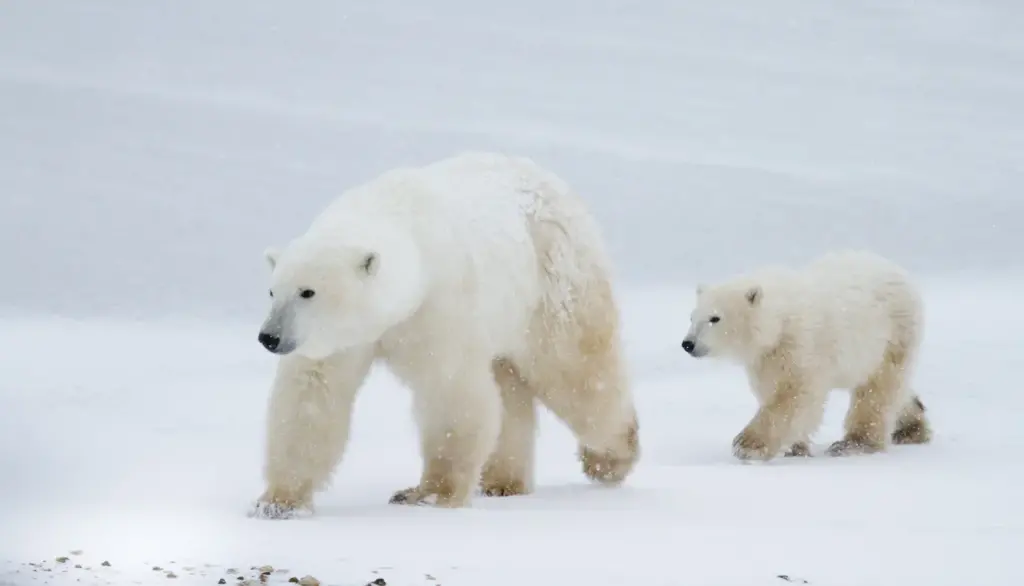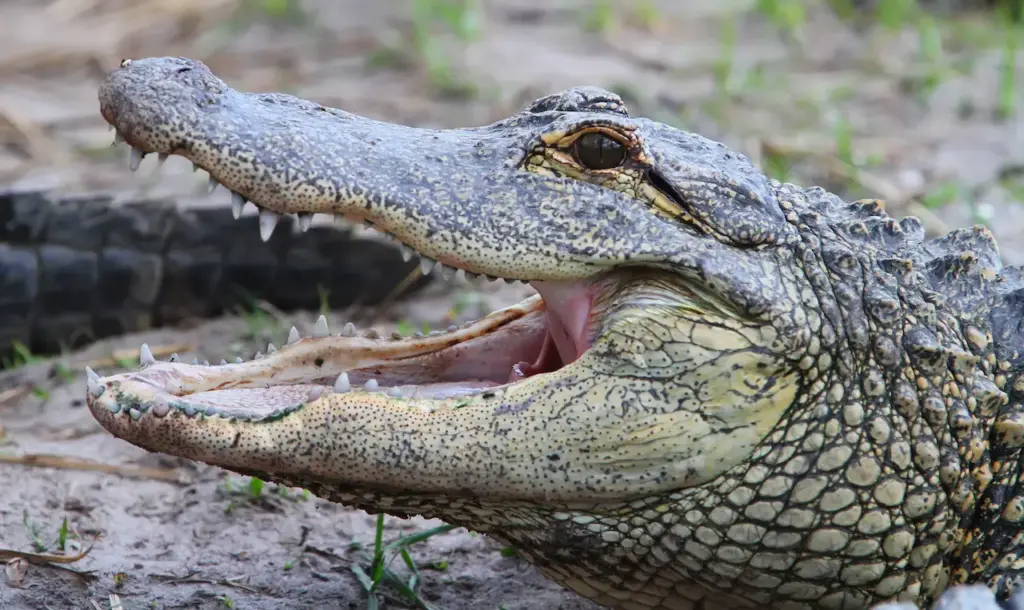What Eats A Seals?
What Eats A Seals? What Do Seals Eat?
Seals comprise a diverse aquatic mammal group, including fur seals, sea lions, and walruses. As primarily fish-eating carnivores themselves, seals also feature prominently in the diets of certain apex ocean predators.
Several marine mammal species have evolved outstanding adaptations for catching different types of seals to gain the calorie-rich energy stores they provide.
In addition, some land predators make successful seaborne sorties to secure seal meals. In this article, we will explore the major wildlife predators of seals through each of these categories.
Killer Whales

Killer whales (Orcinus orca) stand out as likely the most widely feared dominant open ocean predator hunting seals across global latitudes from Antarctica to the Arctic.
Through coordinated pack attack strategies, killer whales can overwhelm and dispatch even gigantic elephant seals to gain the calorie-rich energy stores they provide.
Killer whales utilize complex cooperative hunting techniques to claim difficult pinniped prey. Smaller true seal species fall fastest to surprise ambushes launched by multiple orcas aligned to generate waves washing seals off ice floes.
To dislodge lounging crabeater, leopard, and ribbon seals, killer whales line up to create a series of directional waves that sweep their targets into the water for easy access.
Larger true seals like elephant seals meet their demise through more prolonged violent group attacks, with several orcas taking turns speeding by to deliver damaging open-mouth punches and bites, injuring and wearing out intended victims.
Eventually, severely wounded elephant seals weaken enough for the orcas to drag them underwater to drown. Through these seasonal attacks, certain killer whale pods pass down traditions for targeting different seal species in specialized family groupings.
Polar Bears

As the largest land carnivore in the Arctic region, polar bears (Ursus maritimus) dominate the farthest northern seal hunting grounds.
During the winter months, when seals require breathing holes in the ice to access air, polar bears rule over prime seal rookeries, and no other animal dares contend them for this seal-rich bounty.
Polar bears enjoy optimal seal hunting advantages during late fall and early winter freeze periods when seals depart open waters for winter breeding grounds on thicker multi-year ice where their young will be safer.
Females excavate lairs there and maintain breathing holes for access. Kennen polar bears use their keen sense of smell to detect exactly where seals emerge, waiting to ambush them from above while their cubs await below to block the seal’s retreat.
Rather than chasing seals down risky open holes, polar bears perfected patient concealment for when seals surface. Victims suffer immediate crushing bites to the skull or neck vertebrae before the bears drag them back to feed.
Through November into January, ringed seals cannot evade polar bears who hold them captive as prey until seal pups mature enough to depart for sea. But late spring then leads to a reciprocal season of polar bear hardship and vulnerability.
Retreating ice provides seals refuge while starving polar bears resort to seeking meager sustenance from bird eggs to sustain them until winter returns again.
Great White Sharks
As the ocean’s quintessential apex predator, the great white shark regularly feeds on true seals, which comprise slower-moving mammalian prey compared to fish.
Great white sharks are most notoriously known for attacking people in surprise cases of mistaken identity when humans resemble their favored pinniped prey shapes.
But despite these rare yet dramatic bites on swimmers and surfers, great whites naturally hunt mainly seals like harbor seals and juvenile elephant seals.
From California to South Africa, great whites time annual migration routes to intercept seals departing rookeries or arriving at winter breeding grounds.
Using stealth approaches, they strike unaware young seals from depths to inflict massive initial damage before temporarily retreating as their victims bleed out.
Great whites then circle back to safely feed once seals stop moving. They consume enormous meals up to half the shark’s body mass. A 15-foot great white can swallow a 2,000-pound elephant seal.
Tiger Sharks
Second only to great whites in size and danger levels, tiger sharks also feed substantially on seal prey, especially young seals exploring new ranges away from the safety of rookeries.
Although tiger sharks migrate thousands of miles into temperate and even cold waters following shifting prey concentrations, they segregate by size. Larger adults take more northern routes, while smaller juveniles keep to subtropical paths.
Through these extended migrations, both great whites and tiger sharks pick off naive juvenile seals as they disperse from traditional family rookery grounds to establish their own future breeding colonies.
Until the younger seals gain experience evading attacks over these perilous journeys, many fall prey to patiently waiting giant sharks seeking an easy free meal. Their slow movement and separation from safety in numbers make stray juvenile seals convenient living meals.
Crocodilians

In certain tropical and subtropical coastal regions, large predatory semi-aquatic reptiles share shoreline habitats with seals that occupy islands or shore rookeries nearby.
The main crocodilian species big enough to dispatch even adult seals by ambushing them during transitions in and out of the water comprise estuarine crocodiles, Nile crocodiles, and the larger Indo-Pacific and American saltwater crocodiles.
These crocs all grow massive enough to kill prey as big as cattle and small sharks, easily able to prey on seals.
Crocodiles float with only their eyes and nostrils exposed, watching for movement or splashes that reveal potential prey entering the water within attack range. Near seal colonies, crocodiles gather unseen beneath the surface, awaiting opportunities to strike unaware seals.
Their lightning thrusts and massive crushing bites enable dragging large victims into depths where violent spins rip away eating-sized chunks once prey drowns.
But crocodiles also explosively launch up to half their body onto shore to seize laggard seals retreating too slowly back out of the water. By grabbing rear flippers, they yank seals backward, unable to gain traction.
Quickly dragged deeper amid thrashing loops, the turtle-like armor on croc backs protects them from desperate seal claws until victim exhaustion brings submission.
Only wariness, speed, numbers, and defensive mobbing save most seals. But inevitable errors in seal judgment or crocodile luck reward patient aquatic ambush with enough free fatty seal meals to comprise tempting hunting incentives for these cunning reptilian predators.
Orcas
Much less famous among seals than their Arctic relatives, Orcinus orca found in Antarctica are also adept seal hunters in their own right.
Nicknamed “Type B” and “Type C” killer whales to differentiate them from better-known northern hemisphere ecotypes, these specialized Antarctic killer whales use advanced cooperative hunting techniques to dispatch crabeater seals on ice floes as their preferred prey.
To dislodge lounging crabeater seals, Type B and C orcas line up to create a calculated series of directional waves that wash unaware seals from their ice perch into the water, where they are much more vulnerable.
After herding stunned and injured crabeaters together, the killer whales then take turns rushing in on isolated targets to deliver incapacitating bites while working collectively to separate each seal for the final kill.
By perfecting these group attack strategies over generations, Antarctic killer whales can secure fatty crabeater seal meals during migrations to more northerly winter pack ice.
This enables unique orca ecotypes to thrive within the world’s harshest marine frozen environment by harnessing prime Antarctic seal nutrients that other predators cannot always reach.
Conclusion
Whether killer whales, polar bears, sharks, crocodilians, or lesser-known Antarctic orcas, these impressive animal predators all rely heavily on different types of seals to provide the enormous bounties of meat and calories essential for attaining their massive sizes and strength.
The seal hunters showcase supreme evolutionary adaptations – whether size, social coordination, concealment, or patience – allowing access to this precious food reservoir that other prey cannot match.
Without seals comprising a dietary cornerstone, such mighty predators could never have developed through natural selection nor thrive so abundantly today across every latitude.
Seals and their hunters thus remain interlinked through an ancient ecological balance perfected over eons to ensure both predator and prey endure any hardship through their seasonal shifting fortunes of bounty and hunger.
